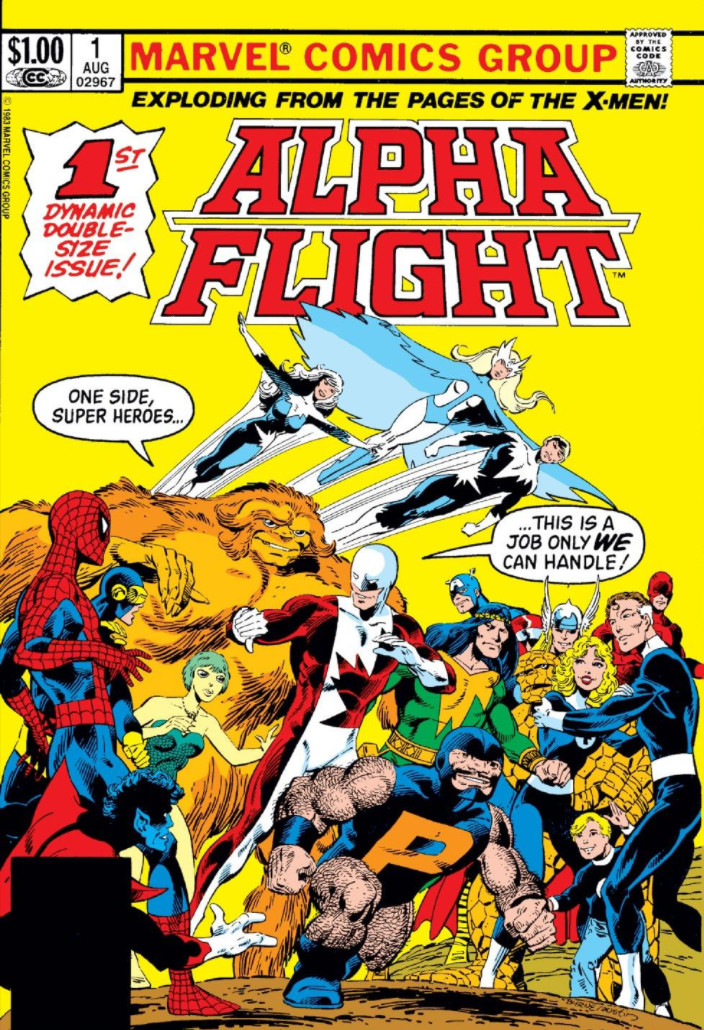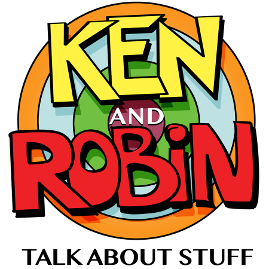So let me tell you about the new game idea I've been turning over in my brain for the past few weeks. I hinted at it in one of my 2014 year-end posts, but for those of you who missed that, it boils down to the following phrase:
Cyberpunk + Motown.
Here's a little
Aretha Franklin to listen to while I elaborate on that a bit.
Cyberpunk is a genre that came of age just as I was really starting to explore different roleplaying genres for the first time, in high school. A friend snapped up a copy of the big black 1st edition box of
Cyberpunk: The Roleplaying Game of the Dark Future from Toronto's famed Silver Snail comic book store, during a class trip to the ROM. Soon, we were cruising the streets of Night City wearing mirrorshades and as much body armour as we could carry. Good times, although my modern gaming groups wouldn't have much patience for a system that was so lethal to player characters.
Mike Pondsmith's game led me to read all the William Gibson I could get my hands on, and Walter Jon Williams's HARDWIRED, and a bunch of Bruce Sterling stories. Of course, cyberpunk was thoroughly passe as a genre when I got to my university undergraduate writing workshops, but that didn't stop me from writing stories and a screenplay in the genre. It spoke to me, even if the rest of the S-F reading world had mostly moved on.
Too many years later, it still speaks to me. But the conversations we're having these days are a little different.
Cyberpunk was a big thing in the roleplaying world, in the late eighties and nineties. It still is, although the eponymous game that started it all didn't do so well in its third edition and its pointy-eared cousin
Shadowrun has altered itself several times to keep up with advances in technology in the modern world. Clunky wired cyberdecks and public dataterms and huge cellphones no longer seem so futuristic, to most gamers, they seem quaint and old-fashioned. The dark future is now something almost retro. (Funny, considering how much of this stuff was about the technology, that the social stuff about the rise of corporate power/income inequality, rising poverty, and the collapse of national governments all seems so prescient these days.)
And that's kind of where I come back into this.
Being a genre that I once had a lot of love for, of course I was destined to return to cyberpunk one day with fresh eyes, remembering the good times past and wondering if there was still some juice there for new games. I ran a successful
Shadowrun game a couple years ago called DISAVOWED that tried to play to some of the things that I like about the genre and my current gaming sensibilities. But ultimately, it was still a game that ended up being about the thing I like least about cyberpunk stories and games: high-tech mercenaries fighting evil corporations.
In my mind, that was always the least interesting part of the genre, not that I'm a person who doesn't enjoy a little shoot-em-up-bang-bang with my gaming. The stuff that I always dug the most was the more ground-level stuff. I like cyberpunk stories about blue-collar (or no-collar) slobs that live in coffin motels or teeming, claustrophobic slums where they have to scrabble for every meal. Those characters have real problems, fragile lives that could easily be snatched away by the powers that be, and they have skills that might make them risk their little piece of the world for a chance at the brass ring, the big payoff.
In other words, I like my cyberpunk with an emphasis on the
punk. Most of the stories and the vast majority of the games haven't done anything like that, and the same is true of most other genres that end in -punk. Where's the anger? Where's the need to create social change? Punk and poverty go hand in hand. Gimme that any day over leather clad rock-star assassins and glammed-up hackers running high-stakes heists. I want stories with high personal stakes and a real sense of desperation.
And one other thing. I was disappointed, leafing through the 2nd edition
Cyberpunk rulebook recently, to see how few of the characters illustrated in the book looked like anything other than a white guy/woman with slick hair. Although the character generation tables include a background table that's very likely to make you something other than a white dude from the suburbs, there were a disproportionate number of white people (though with 80's Asian-style glamour) in the illustrations. I will make no comment on the fact that the only person who seemed to be of African heritage, on page 211, seems to be rocking a Night City version of a pimp outfit. I'm certain this is not a deliberate thing, as "Maximum Mike" Pondsmith is the first African-American game designer I was aware of in the hobby.
Still, troubling. So more representation of people of colour would be nice.
I don't know what made me make the mental connection between cyberpunk and Motown, since the original has always been jacked into glam, metal, and electronica like Front 242 in the minds of a lot of people. But somehow that idea stuck with me.
A Night City with a Motown soundtrack. Something about that just seems
right to me. Maybe it's the fact that a lot of our world seems to be reliving the turmoil of the Civil Rights era all over again, lately, or maybe it's a way of mentally reframing the "retro" elements of classic cyberpunk with music that also hearkens back to another era. Maybe it's the fact that Motown and other soul music of the era speaks to me of poverty and struggle, fierce pride in the face of a society that tries to push you aside and stamp you down, and yearning for something better -- an end to heartache, a taste of justice.
Cybersoul.
Next, I'll talk about the things I want to see in the game, and some ideas I'm toying with for the mechanical part of Cybersoul -- an Apocalypse Engine hack.



